Making More $ with 4 Profit Levers
When it’s time to tune up our net profits (always), there are plenty of ways to do it. Here is a mental model I use that works for my company. I call it the “Profit Levers Model.” A similar term exists in the supply chain world, although I’ve molded and sufficiently bastardized the concept such that a comparison of the two would confuse even the savviest of folk. That said, the model works well to highlight low hanging fruit you may have ripening on the vine…profits asking, even begging, to be harvested.
The Concept
Let’s lead into this concept with a simple illustration. Say this is your company’s income statement:
Now say your goal is to add $40,000 to your bottom line to hit a 12% net profit. Here are the four profit levers and the distance they must move to accomplish your goal:
Cut operating expenses by 22%.
Increase sales *volume* by 16% (conditions apply).
Cut construction costs by 5%.
Or, increase your sales *price* by 4%.
Is it easer to move a number 4% or 22%? Therefore, from a percentage standpoint, the most powerful profit levers, from strongest to weakest, are:
Increase sale price.
Cut construction costs.
Increase sales volume.
Cut operating expenses.
Surely with enough focus and attention any of us can influence our sales price or construction costs a few percentage points in the right direction. The impact of doing so can be astounding. Here’s a deeper look at all four.
Increase Sale Price
This may offend some of you, but you could probably raise your sales price today by one to three percentage points and not lose any business. And, each of those one to three points would flow almost 100% to your bottom line.
If you are already making 8% net profit margins and raise your price by 1% on all your projects, you just increased your profitability by 12.5% without lifting a finger.
If you are making 6% net profit margins and raise your price by 3% across the board, you just catapulted your profitability a whopping 50%.
Sounds absurdly simple, right? Some of the best solutions are those right in front of your eyes. Our natural inclination when we think to increase our net profits is to sell more. Sign another contract to build a home or buy another lot. That is indeed another of the four profit levers, but pound for pound, raising the sale price wins. Almost every dollar flows to the bottom line, and a small percentage change yields large changes in your net profit.
Footnote: If you’re raising your price, make sure you feel good about the value you’re providing, but by virtue of you reading this article and investing in your education, I’ll bet you are well worth the raise.
Cut Construction Costs
Dig enough, and there is usually some low-hanging fruit here. Maybe there are some local rebate programs with the utility companies or national rebate programs with some of the manufacturers you use.
How efficient are your plans? Are you spending money on things that your clients really don’t value? Could you change payment terms with some of your vendors to capture additional savings? Anything you find here is easy money that flows straight to the bottom line, dollar for dollar.
Increase Sales Volume
This is the lever most people use when trying to generate more net profit. And, of course it works. But of the four levers listed, it has the worst pound for pound accrual to the bottom line. Reason being, when you add another sale, you add new construction costs.
So, if you sell a new $100,000 contract in the example above, at your 25% gross margin, only $25,000 will flow to the bottom line. And then you have other factors to consider. Maybe you need to hire people or bring on additional overhead for this new sale. That increases your operating expenses, all of which decrease what we call the contribution margin of the sale, which is the amount that accrues to the bottom line.
Cut Operating Expenses
Maybe you can restructure your financing costs or invest in marketing to help bring you buyers directly, thereby saving on the expense of paying a buyer’s agent. Or maybe you can invest in software that makes your entire company more efficient.
Like sales price and construction costs, this lever also accrues straight to the bottom line. The drawback to progress you make in this area is simply that it’s a smaller line item on your balance sheet, and therefore can be more difficult to move the needle as much as the other levers can.
Bottom Line
This “Profit Levers Model” is a framework from which to evaluate options. It’s not a prescription to focus on any particular thing. Like most models, it is an oversimplification that still sheds light on some fundamental truths. A few considerations I want to point out:
For the sake of simplicity, we are obviously ignoring in the example above that the $40,000 can come from multiple levers, not just one. It most likely will.
We are assuming you have not already squeezed out everything you can from most of these levers. Obviously, there is a ceiling to the price you can charge, and some of you may already be there. I’m simply assuming most of you aren’t there, based on what I’ve seen.
Hope this helps. Happy building!
BTW, if you are looking to improve some of your company’s systems, head on over to the Building Optimal Shop to check out some of our swag to build a better business. Proceeds go to benefit, Exponencialistas, my non-profit investing in entrepreneurs transforming their communities in Latin America.


